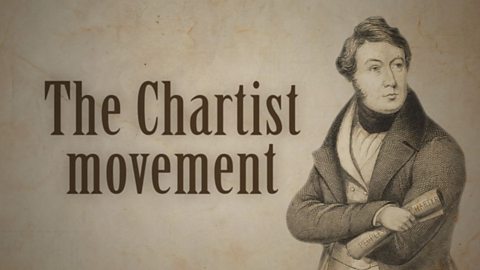How have women’s rights advanced?
There have been many protests for the rights of women during the 20th and 21st centuries. These include protests:
- for the right to vote
- for rights in the world of work
- opposing violence against women
- for the right to receive an education
- for the right to own a home
Video - Women's rights
LEAH: Hello? Hello?
LEAH 1916: Hello?
LEAH: Yes, I’m in here. You’ve come through to me Leah, and believe it or not I’m living in the 21st century. A lot has changed since your day.
LEAH 1916: I’ve never seen anything like it.
LEAH: What year is it with you?
LEAH 1916: It’s 1916 and the war has been going on for two years, it’s quite horrendous. The women are working hard on what they are now calling the Home Front. We are the ones keeping Britain going as the men are out on the battlefields. We’re working our socks off in the factories.
Also, some good news, David Lloyd George has just become prime minister and we’re hoping he might support the women’s campaign, giving us the right to vote, as he’s keen for everyone to have the vote.
LEAH: You’re right, your efforts weren’t in vain. On 6 February, 1918 women over 30 were given the right to vote.
LEAH 1916: That’s great, but a shame that this didn’t apply to all women!
LEAH: I’m afraid that took a little longer, until 2 July, 1928.
LEAH 1916: What else? Tell me more.
LEAH: Ok, here are some important events in our history.
In 1929, Megan Lloyd George was the first female to be elected as member of parliament for a Welsh constituency, representing Anglesey.
In 1968, the women’s Ford factory strike at Dagenham happened due to unequal pay.
In 1979, Margaret Thatcher became the first female prime minister.
In 1981, the first Greenham Common Women’s Peace Camp protested against US cruise missiles being placed at RAF Greenham Common.
In 1984 and 1985, women travelled to Westminster to support the miners during the strike.
LEAH 1916: This is unbelievable. You’re telling me that a lady called Margaret Thatcher was elected as the first female prime minister in 1979?
LEAH: Yes. The role of the female has certainly changed over the last century – even the way we dress.
LEAH 1916: Well, I could see that!
LEAH: It’s not all about being the ‘Welsh Mam’ anymore. Women are allowed to leave the home now. I’ve got a university degree and work full time in the same office as men.
We can be priests and bishops now too, in fact in November 2016, Joanna Penberthy became the first female Bishop of St Davids.
LEAH 1916: You earn your own wages?
LEAH: Indeed.
LEAH 1916: You don’t just look after your husband’s money?
LEAH: I earn a living of my own, my money is my money, apart from taxes that go straight to the government. We are still battling for equal pay in many areas of employment, but today, it’s a lot better. There are exciting times to come.
The First World War
The home front
The First World War was a turning point in the campaign for women’s rights. Many men were away fighting and women played a key role in filling their jobs.
Some women were already working in traditional jobs in 1914. But when the war began women were expected to go and work in munitions factories where things such as bullets and shells were produced. They could be noisy and dangerous places to work. There were explosions in some factories, and women’s skin could turn yellow from working with the TNT (Trinitrotoluene)An explosive used in bombs. that was put in bombs. By the end of the war in 1918, almost a million women worked in munition factories.
One of the problems as women went to work was ensuring that childcare was available, so nurseries were established for the first time in some areas. The women did all kinds of work during the war, eg in the police, on buses and on trains. The number of women working on the railways increased from 9,000 to 50,000.
On the front
A number of women wanted to play key roles in the war effort. Therefore, the Women’s Army Auxiliary Corps (WAAC), or Queen Mary’s Army Auxiliary Corps, was established in December 1916. The purpose of this organisation was to attract women to fill posts in the army that didn’t involve fighting, eg office workers. Following this, the Women’s Royal Naval Service came into being in November 1917 and the Women’s Royal Air Force in April 1918. Although this didn’t mean that women were fighting, their jobs were vital to the war, and 100,000 women joined up.
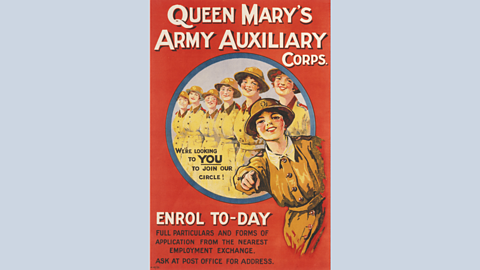
Social changes following the war
For many women, their time working in factories and on the front ended, as they returned to their roles as housewives and mothers. The war had a social effect as women’s football and rugby teams were established because they had enjoyed the social side of work during the war.
On 15 December 1917, Cardiff women’s rugby team faced Newport at the Arms Park. However, many of the teams were wound up during the 1920s, and women’s football teams were banned from using football league grounds in 1921.
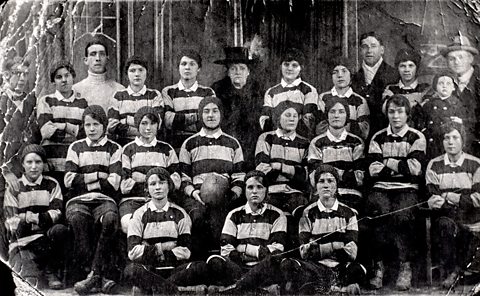
Women in politics
The suffragettes
The Women’s Social and Political Union (WSPU) was established by Christabel Pankhurst and her mother, Emmeline, in Manchester in 1903. They were crucial in the campaign for the women’s suffrage, the right for women to vote in public elections in Britain. The term ‘suffragette’ comes from the term ‘suffrage’ or in Latin suffragium, which is the right to vote. Their protest methods included:
- marches
- protests outside the Westminster Parliament in London
- attacks on works of art
- tying themselves to British government buildings
One huge protest in Hyde Park in London, attracted 300,000 protesters in 1908. At the start of the First World War, around 1,000 suffragettes were in prison with many of them on hunger strike and refusing to eat. The government ordered the women’s release before they became too ill and possibly die.
Emmeline and Christabel Pankhurst decided to support the First World War campaign and to stop protesting from 1914 to 1918. However, one family member, Sylvia Pankhurst, was opposed to this and broke free from the WSPU to continue protesting.
One of the important Welsh members of the suffragettes’ campaign was Lady Rhondda. She was imprisoned after attempting to blow up a post-box in Newport and refusing to pay the fine. She was released from prison after going on hunger strike.
On 6 February 1918, women over 30 years old who owned a house were given the right to vote. 8.4 million women voted in the 1918 election but the right to vote wasn’t given to all women over the age of 21 until 1928.
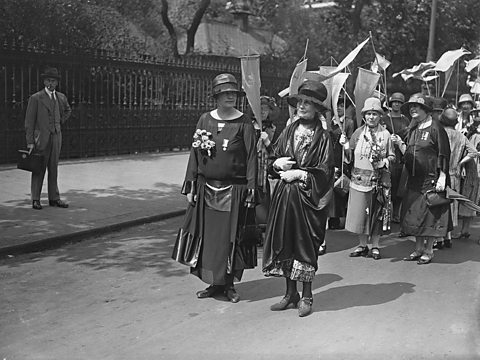
Political changes
Women were elected as Members of Parliament for the first time. Constance Markievicz was elected as a Member of ParliamentPerson elected to the UK Parliament in Westminster. in the 1918 election followed by Nancy Astor in 1919. In Wales, the first female Member of Parliament was Megan Lloyd George who was elected to the Anglesey seat in 1929.
This eventually paved the way for the election of Margaret Thatcher as Britain’s first female Prime Minister in 1979. After the 2019 general election, 220 of Britain’s Members of Parliament were women, a record high. Over 40% of all Welsh Assembly or Senedd Cymru members have been women since its inception in 1998.
Women’s role in protests
Greenham Common
A Welsh group, Women For Life on Earth, held a protest outside the RAF (Royal Air Force)British air force established during the First World War. Greenham Common base in September 1981 against the USA’s decision to place nuclear missileAn object which is thrown at a target, with the intent of causing damage or an injury. at the base. A group of women set up camp and stayed at the gates of the base as part of the protest. 70,000 women came together at the camp in April 1983 to create a human chain to show their opposition to nuclear weapons. The protesters faced strong opposition from the police and local people.
Helen Thomas, a 22-year-old woman from Newcastle Emlyn, was struck by a police car whilst trying to cross the road near the camp and died as a result of her injuries. There is a monumentSomething built to remember an important person or event. to Helen at Greenham Common today and Dafydd Iwan composed ‘Cân i Helen’ in her memory. The protest inspired a number of other women across Europe to hold similar protests against nuclear weapons. The base closed in 1992 and the last of the protesters left in 2000.
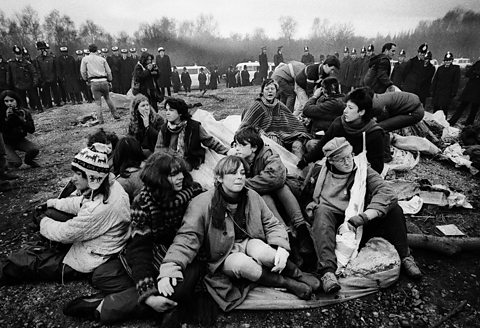
The Miners’ Strike
Between 1984 and 1985, most British coal miners went on strike in opposition to the plans to close coal mines. The role and contribution of women was vital to sustain the strike. The striking men received no pay, so the women had to provide for their families without an incomeMoney people receive regularly, eg from a job.. Women set up food kitchens, fundraisers and parcel collections to support families. Many went to stand on the strike line, also called the picket lineThe line where strikers stand to prevent other workers from getting to work., with the men and marched to support them.
Quiz - Women's rights
More on Change and movement
Find out more by working through a topic
- count2 of 3
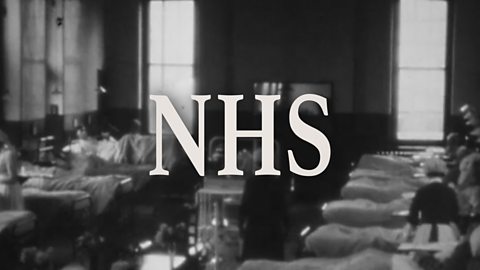
- count3 of 3
